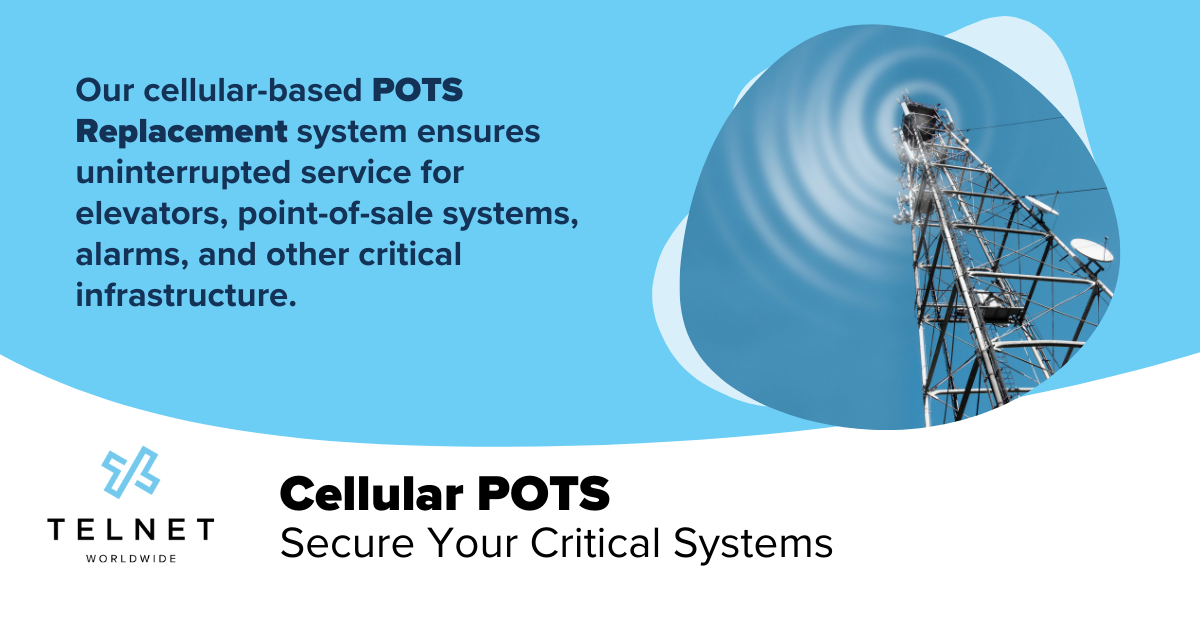For many businesses the pandemic upended the traditional work model. For decades, some Americans commuted to an office where they would typically work a 9 to 5 day. The pandemic changed that. Businesses had to quickly come up with social distancing guidelines and provide employees the ability to work from home.
The COVID-19 pandemic caused an abrupt change in the way we work. It also shifted the trajectory of the telecommunications industry. With people now working from home and with face-to-face communications becoming less and less face-to-face the way people communicate had to transform. Which means the technology has to transform along with it. Here we take a look at 7 different and less obvious ways telecommunications has been impacted because of the COVID-19 pandemic.
How the Pandemic Changed the Telecom Industry
1. The Popularity of Remote Work and Hybrid Teams
The value of telecommunications has been apparent since Alexander Graham Bell made the first phone call in 1876. However, dependence on unified communications is trending upward due to more businesses opting for a remote or hybrid workforce. Many organizations and individuals realize the value in utilizing telecommunications technologies. Especially since evidence shows remote schedules for workers don’t just benefit employees but also employers. Because of this, more and more companies are embracing communication tools that allow their employees to interface from a remote office or different time zones.
Tools like Microsoft Teams and TelNet’s UC with Webex where employees can meet, collaborate and share documents all while working remotely. Sometimes these new tools can create learning curves during the initial launch, but ultimately, they facilitate better communication and collaboration across the board.
2. Rapid Industry Growth
Many telecommunications companies experienced growth due to a greater demand for services. Before the COVID-19 pandemic, only 1 in 5 workers in the U.S. were primarily working from home. Now, 71 percent of that workforce has some sort of hybrid or remote schedule. More remote workers mean an increased demand for communications solutions, a key factor in driving telecom services market growth.

COVID-19 catapulted our use of technology in the workplace and at home. This constant contact with tech also contributed to the ever growing presence of the “IoT” – Internet of Things. If you are unfamiliar with the concept, the Internet of Things is the idea of connecting any device to the Internet and to other connected devices. The IoT is a giant network of connected things and people – all of which collect and share data about the way they are used and about the environment around them. All of these devices can talk to each other through the IoT. Since telecom is so instrumental in providing this IoT infrastructure, the industry is equipped to develop and offer their own services for IoT in future, an idea that the pandemic accelerated.
3. Expansion of Services
With the ability to work from home, many workers now have the option to move away from cities and urban areas. The pandemic ignited this mass exodus from cities to more suburban and rural areas. With many employees shifting zip codes, telecommunications organizations will need to enhance and expand their coverage to a wider geographic range.
One of the enhancements many technophiles discuss is 5G. It’s the fifth generation of cellular networks that’s claimed to be 100 times faster than 4G, offering faster connectivity speeds, ultra-low latency and greater bandwidth. These faster connectivity speeds and greater bandwidth would mean the ability to support many more connected devices in various geographic areas. This could open the door for new services and network operation for telecom operators and easier and faster connectivity for remote workers.
4. Data Centers Evolve into Data Cities

More remote and hybrid workers mean more data transferred and fewer people in offices. One of the outcomes of the pandemic was the acceleration of digitization. But where do businesses house this data? The demand for data centers, colocation services and cloud storage has been on the rise since the pandemic hit. In 2020 alone, tech giants like Google invested nearly $10 billion in their public cloud infrastructure. As more and more businesses hop on the remote work train, expect to see an increase in the use of data centers, colocation and cloud storage.
5. The Importance of Contingency Plans
Contingency plans are not a new concept. While typical contingency plans ensure operational effectiveness following events like natural disasters, cyber attacks and power outages, never before did they take into account widespread quarantines and added travel restrictions that may occur in the case of a health emergency.
A successful telecommunications organization will need to implement a contingency plan for the possibility of another pandemic-induced crisis. As part of a resiliency plan, telecom companies should assess their network infrastructure and its ability to provide quality service under varied demand patterns. For example, preparing for increases in mobile communication due to travel cancellations or ensuring that network demand will meet a higher rate of WFH users’ needs will give confidence to customers and employees..
6. Sustainability in Telecom
When the majority of the country was locked down during the height of the pandemic, the flora and fauna of our world thrived. Cities like Los Angeles and New York — known for their high levels of pollution — saw clear skies for the first time in years. If there was any positive outcome of the pandemic, it was the major awareness of how we are affecting the global environment, and how we can make simple changes for a more sustainable future.

Remote work is one of these changes brought on by the pandemic. Another is using fewer resources by becoming more digitized. And a third is the focus on sustainability issues related to data centers. Some regions where data centers are located are starting to monitor their water usage, energy consumption and emissions. It won’t be a surprise for many data centers to start investing in renewable resources and brainstorm on how to face these industry challenges.
7. A Newfound Focus on Security
The pandemic has produced the need to digitize and adopt data storage solutions. Knowing that businesses and individuals want to feel confident their information is secure, telecom organizations are gearing up their infrastructure with greater cyber security and resiliency to cyber attacks.
With vast amounts of sensitive company and user data, no telecom organization wants to be the target or victim of a data breach. Measures to combat these cyber attacks include having the right IT infrastructure and things like mantraps, pin entries and video authentication, all of which TelNet’s data centers offer. Having the right talent and processes to support resiliency when attacked is also paramount and something data centers will likely continue to focus on going forward.
The Future is Fast Approaching
The coronavirus pandemic has caused economic and emotional hardship for countless people. But it has also offered entire cultures different ways of looking at “work.” Within telecommunications the pandemic has accelerated industry growth and the services many telecom companies offer. It has also placed a spotlight on the conversation of environmental sustainability in relation to business and how digitization can help take us there. We are excited for the future of telecommunications and ready to embrace a new normal. Where the work is remote and the communications are unified.





